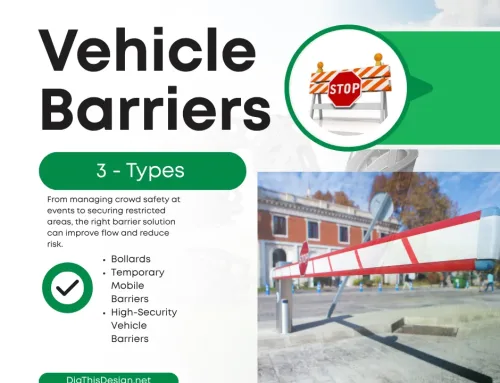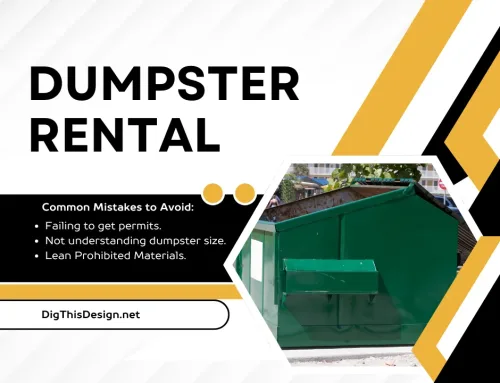Key Takeaways
- Understand vital steps to safeguard your home during hurricane season.
- Learn practical tips for storm-proofing your property.
- Discover essential emergency supplies and preparation techniques.
- Access valuable resources and external links for further reading.
Table of Contents
- Assessing Your Hurricane Risk
- Structural Preparation Tips
- Outdoor Safety Measures
- Building Your Emergency Kit
- Creating a Family Emergency Plan
- Insurance and Documentation
- Final Thoughts
A 6-Step Guide to Hurricane Preparation
Assessing Your Hurricane Risk
Living in Florida I am accustomed to the dreaded hurricane season, but having the right hurricane preparation does relieve some stress.
Before diving into hurricane preparation, assessing the hurricane risk in your area is vital. Coastal regions are particularly vulnerable, experiencing the brunt of hurricanes’ fury. However, inland areas are not completely safe, as they can still suffer from intense rain, flooding, and wind damage.
Being knowledgeable about what is predicted for this hurricane season goes a long way. Use resources like the NOAA’s hurricane outlook to understand the forecast for the season. This assessment will guide you in prioritizing your home’s most crucial safety measures.
Knowing your risk level will help you make informed decisions about the extent of hurricane preparation needed. With the 2024 hurricane season upon us, ensuring that your property is well-prepared to withstand severe weather is crucial.
Structural Hurricane Preparation Tips
One of the fundamental steps in hurricane preparation is ensuring that your house’s structure can withstand strong winds and rain. Here are some tips:
- Reinforce Windows and Doors: Installing storm shutters or using plywood to protect windows can be lifesaving. Ensuring doors have three hinges, and a deadbolt lock fortifies the house against strong wind gusts. This reinforcement minimizes the risk of windows shattering and doors blowing open, which can lead to immense internal damage.
- Roof Inspection: A roof in good repair is crucial to prevent leaks and structural failures during a storm. Check for loose shingles and repair any damages you find. Consider installing hurricane straps, which secure the roof to the walls of your house, providing extra stability. Regular maintenance and inspections can prevent minor issues from becoming major problems during a hurricane.
- Strengthen the Garage Door: A weak garage door can be a vulnerable entry point for hurricane-force winds. Reinforce it with braces or replace it with a wind-rated door to withstand the elements. A fortified garage door prevents high-speed winds from entering your home and causing significant internal pressure that can lead to structural failure.
Outdoor Safety Measures
Outdoor safety is often overlooked during hurricane preparation, but securing your outdoor area can prevent debris from causing damage or injury during a storm. Here’s how:
- Trim Trees: Regularly trim trees and bushes to remove weak branches that could break during high winds. This measure protects your home from falling branches and reduces the risk of power outages caused by branches hitting power lines.
- Secure Loose Items: Store patio furniture, grills, and other outdoor objects indoors or secure them with strong ties to prevent them from becoming dangerous projectiles. If left unsecured, loose items can cause significant damage to your windows, doors, and even neighboring properties.
Building Your Emergency Kit
An emergency kit is essential for surviving the aftermath of a hurricane. According to CDC guidelines, you should include the following items in your hurricane preparation tasks:
- Water (one gallon per person per day for at least three days) – Hydration is crucial, especially if local water supplies become contaminated.
- Non-perishable food (at least a three-day supply) – Ensure you have enough to sustain everyone in your household.
- Battery-powered or hand-crank radio – Staying informed about the storm’s progress and relief efforts is vital.
- Flashlight and extra batteries – Power outages are common, and proper lighting keeps everyone safe.
- First aid kit – Address minor injuries to prevent them from becoming major medical issues.
- Medications and medical supplies – Ensure you have enough to survive the storm and the immediate aftermath.
- Multi-purpose tool – Can be used for various emergencies, from turning off utilities to simple repairs.
Assembling your emergency kit well before hurricane season ensures you’re not scrambling to gather supplies at the last minute. The stores fill up the last minute and crucial materials you will need are stripped from the shelves so you need to have these things ahead of time.
It’s also helpful when doing your hurricane preparation to periodically check and update your kit to ensure everything is in working order and nothing has expired.
Creating a Family Emergency Plan
A well-crafted emergency plan ensures that everyone in your household knows what to do during a hurricane and should be part of your hurricane preparation plan. Consider the following:
- Communication Plan: Designate a family member or friend outside the affected area as a contact person. This way, everyone knows who to contact if other communication lines are down. Make sure all family members have this contact information that is easily accessible.
- Evacuation Route: Plan and practice your evacuation route, knowing the location of local shelters. It’s important to have multiple routes in case primary roads are blocked. Familiarize yourself with these routes and ensure your vehicle is in good working condition with a full gas tank during hurricane season.
- Important Documents: Keep copies of crucial documents, such as IDs, insurance policies, medical records, and property deeds, in a waterproof bag. These documents are vital for recovery and claims if your property sustains damage.
Discussing and practicing your emergency plan helps ensure that everyone remains calm and knows exactly what to do when a hurricane warning is issued. Keep your plans flexible, as changing storm paths may necessitate last-minute adjustments.
Insurance and Documentation
Part of your hurricane preparation should be making sure you have the right insurance and documentation. Review your home insurance policy to understand what is covered in case of hurricane damage. Standard homeowners’ insurance policies may not cover all types of hurricane-related damage, so you should consider additional policies for flood insurance or windstorm coverage.
Maintaining up-to-date documentation of your property and belongings, such as taking photos or videos, is also crucial. These records can be helpful during the insurance claims process, ensuring that you can provide proof of ownership and the condition of your assets before the storm. Additionally, storing digital copies in the cloud can be a backup plan if physical copies are lost or damaged.
Hurricane preparation is key to safeguarding your home and family during the hurricane season. By following these hurricane preparation steps, you can minimize potential damage and ensure that you are ready to face any storm that comes your way.
Proactive measures and thorough planning can significantly impact your ability to weather the storm and recover quickly. Stay informed through reliable sources and remain vigilant in protecting your home and loved ones. Stay informed and stay safe!
Other posts you might enjoy:
How to Prepare Your Home’s Electrical System for Hurricane Season





